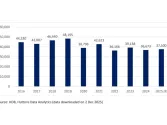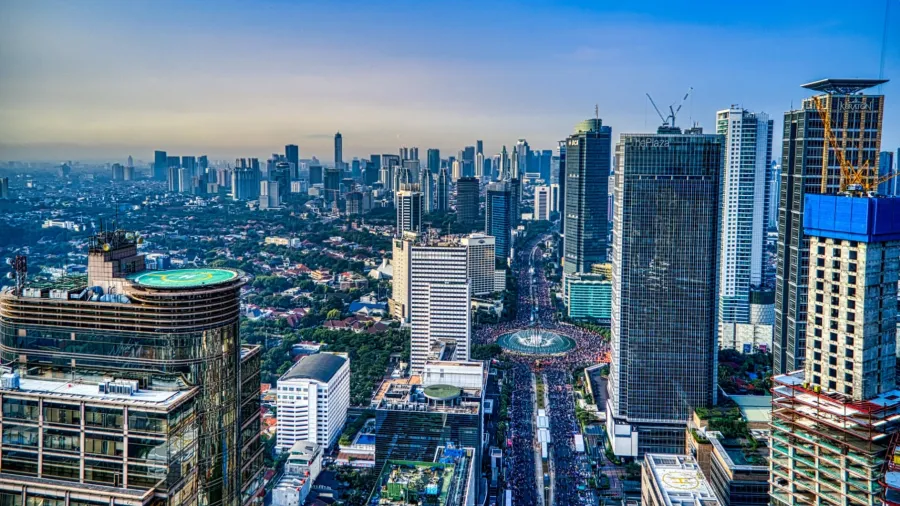
Will Jakarta retail rents see aggressive increases in the near term?
Rents saw a slight decrease in Q1 vs the prior quarter.
According to a Colliers report, Jakarta’s new retail supply had a small impact on average rental rates, which experienced a slight decrease compared to Q4 2024. In Q1 2025, the average rents were recorded at IDR 564,187 in Jakarta and IDR 386,865 in the Greater area.
“Average rents are expected to remain stable, with aggressive increases unlikely in the near term. Most shopping centres prefer to consider gradual rental rate increases in the future to secure occupancy commitments and attract more tenant interest,” the report said.
Here’s more from Colliers:
Meanwhile, service charges as of Q1 2025 were recorded at IDR 156,734 in Jakarta and IDR 130,717 in the Greater area. The increase in service charges in Jakarta and the Greater area was about 2% and 3%, respectively, compared to Q4 2024.
Increased operational costs associated with maintaining mall facilities are inevitable and align with upward trends in energy costs, labour, and maintenance. As a result, some mall owners recently adjusted their maintenance fees to keep up with rising operational costs while ensuring the quality of the shopping experience remains high.
Based on mall grade, upper-class malls in Jakarta generally charge rates starting from IDR 180,000. Meanwhile, most middle-to-lower malls apply a service charge of around IDR 100,000 to IDR 140,000. In Greater Jakarta, the service charge for upper-class malls was recorded at IDR 165,000, almost 20% higher than middle-class malls.
Service charge differences among malls underscore the varying cost structures and market positioning across each mall grade. Premium and Middle Upper malls often maintain higher rates because they are expected to offer more high-quality facilities for shoppers with stronger purchasing power and are typically located in strategic, high-demand locations.
Meanwhile, Middle and Middle Lower malls adjust their charges to attract a wider segment, which may include visitors who are more price-sensitive or spend less on non-essential items. Ultimately, these differences illustrate how each mall grade tailors its pricing strategy and facilities to match both the expectations of tenants and the preferences of its target shoppers.
As the years go by, the class and strategic locations of malls are expected to remain key factors in sustaining stable foot traffic and strong sales performance. This situation likely gives shopping centres the confidence to raise rents. Additionally, malls that focus on offering a diverse tenant mix and shopping experience will be in a better position to command higher rents.
However, most landlords are expected to prioritize tenant retention and occupancy stability over significant cost increases. With careful management of operating costs while maintaining a focus on customer satisfaction, malls may adapt to economic challenges while ensuring long-term sustainability.





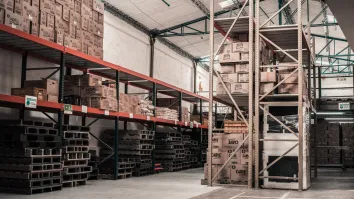

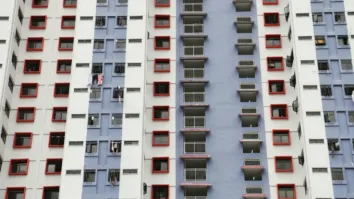

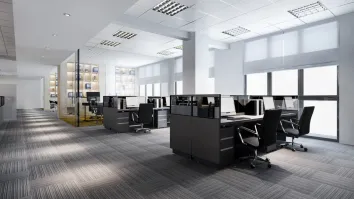



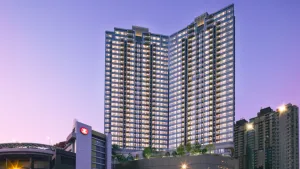


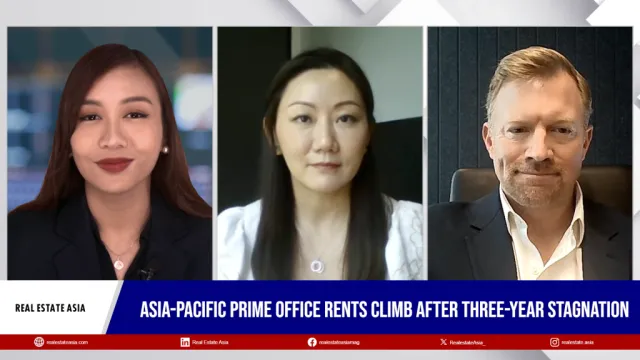


 Advertise
Advertise
